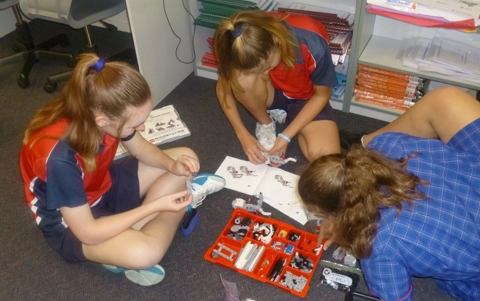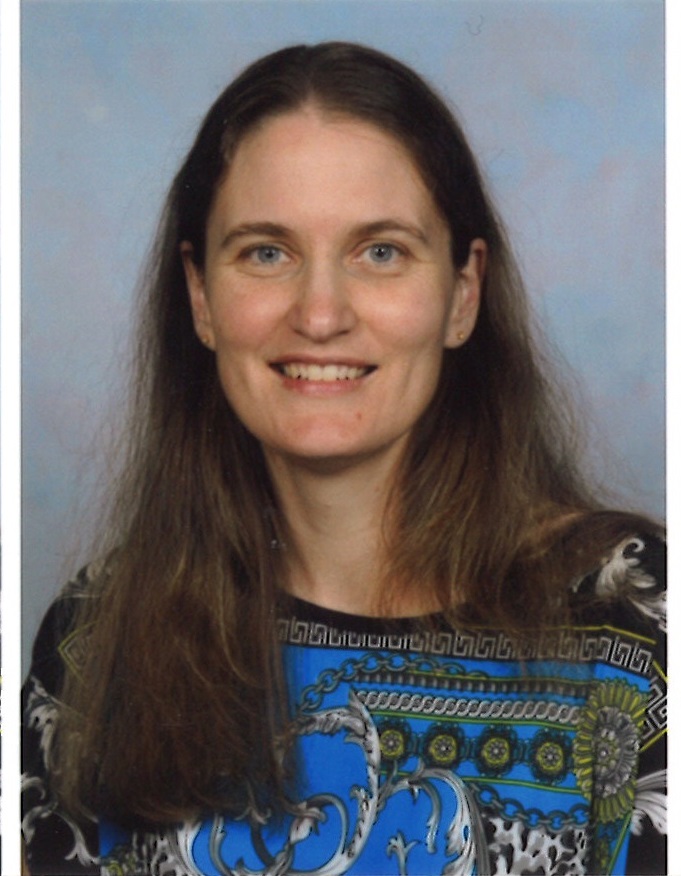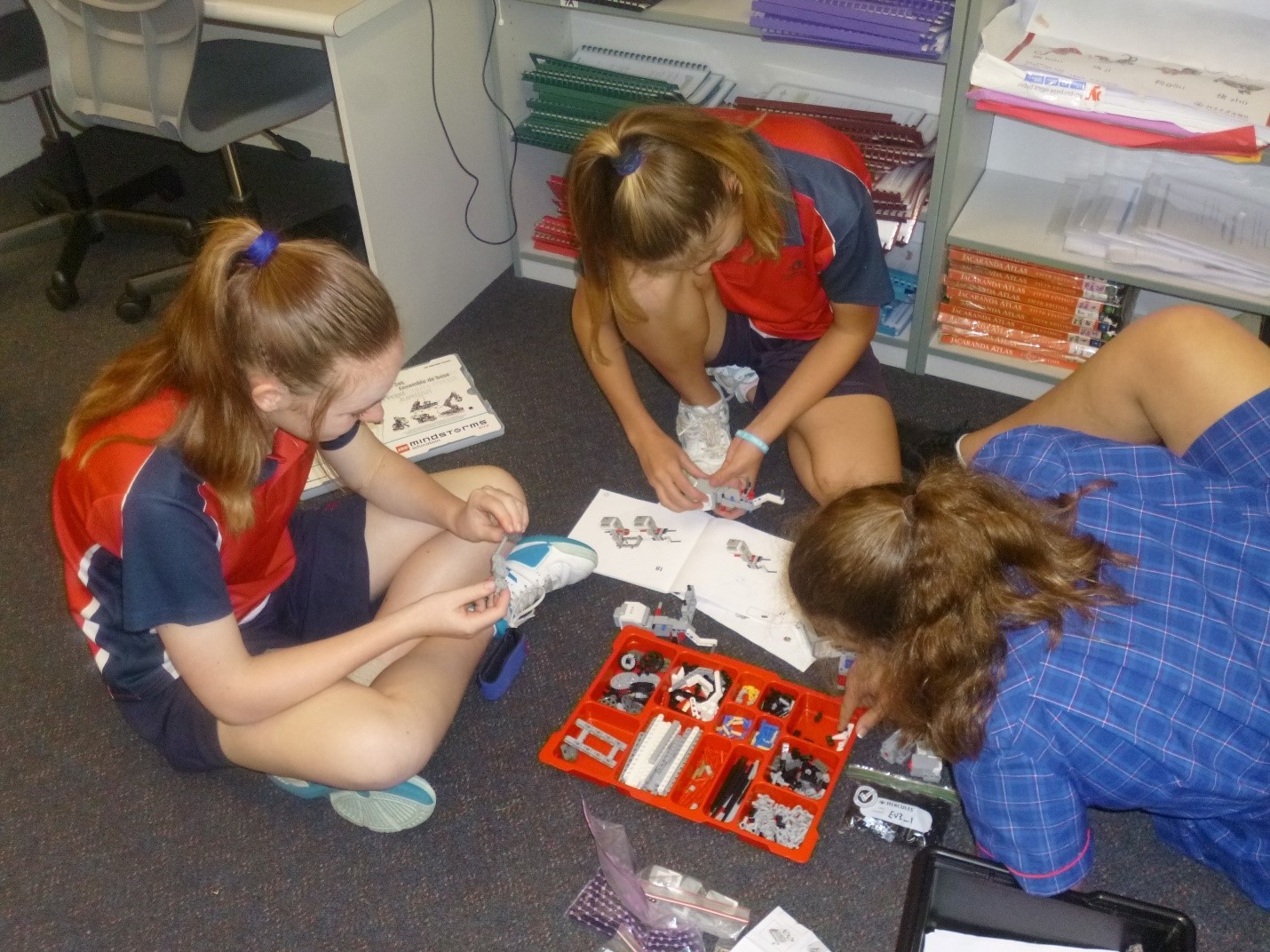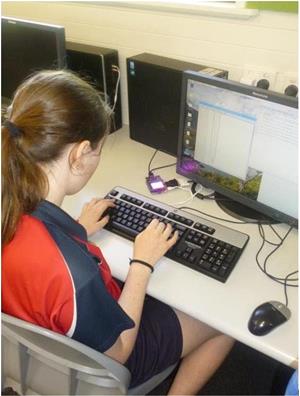Robotics at Year 9

About this school story
"The engagement level of the students was almost 100 per cent every lesson." Fiona Clayton is eLearning Coordinator of the secondary school at Torrens Valley Christian School (TVCS). She explores how the introduction of Robotics EV3s and Raspberry Pi’s at Year 9 at TVCS has made a big difference to how students respond to digital technologies.
Year band: 9-10
School Story
Our Focus
Introducing Robotics

Fiona Clayton is eLearning Coordinator at Torrens Valley Christian School (TVCS). She describes how their new Year 10 Digital Technologies subject has had an impact both on current students and on numbers opting to go on and study in this area in Years 11 and 12.
In 2016, the school purchased ten Lego Mindstorms EV3 kits, which we use with the Year 9 Computing classes. The students learn the fundamentals of programming, loops, conditions etcetera while programming a robot, which they design and create.
See Semester 1 Digital Technologies Semester Plan
We found this course was an easy introduction to computational thinking and programming for students who would normally struggle with actual code and writing procedures.
The engagement level of the students was almost 100 per cent every lesson. Students work in groups of 2–3, depending on the class size.
This then led to us entering a team into the FIRST Lego League competition, where students had a ball learning new skills and meeting students from other schools.
We now have a Robotics Club that runs all year. Students review the performance of the robot from the previous year to learn from their mistakes and challenges how to make improvements for the coming year.
In 2016, we had three Year 9 Computing classes (1 in Semester 1 and 2 in Semester 2). The class sizes were around 20. In 2017, we have two classes in Semester 1 with 21 students in one class and 28 in the other. Because of this extra-large class, we decided to purchase some Raspberry Pi’s and rotate the students in three groups in the Semester so they all got to try the EV3s, Raspberry Pi’s and Flash Animation – which is the other topic at Year 9.
The students have loved programming the Raspberry Pi’s, in particular, using the Sense HATs which we also purchased. Without these, we would potentially have had some behaviour problems as our groups within the classes would have been too large and not all students would have been able to actively participate in the class activities.
The Raspberry Pi’s are quite easy to set up and there are simple tutorials that can be run with the students. The same was the case with the EV3s, as students could follow the tutorials provided by the Mindstorms software. This allowed the teacher the freedom to move around the class and assist students with whatever task they were working on, whether that be the Raspberry Pi’s, EV3s or Flash Animation.
Key resources

Students building their first EV3 robot

Raspberry Pi with Sense HAT
We use the following:
- 10 Lego Mindstorms EV3 kits plus Expansion Set
- 15 Raspberry Pi’s with 8 Sense HATs.
Useful online resources/links
Tips and advice
While the set-up costs may be high, the benefits to student learning and engagement are priceless. It is important to keep the groups as small as possible. Two students per group is ideal but three can work as well depending on the individual students.
About TVCS
Torrens Valley Christian School is an F–12 school located in the north-eastern suburbs of Adelaide, South Australia. We currently have around 650 students.
In 2015, the school appointed an eLearning Coordinator for Years 7–12 (as well as two for the primary school, one coordinator for Reception to Year 2 and another for Years 3–6). The vision for this role was to improve the eLearning at the school in regards to infrastructure (working with the IT Manager and IT staff) and use of 1:1 devices, and to introduce curriculum changes including implementing the Digital Technologies curriculum and associated staff development.
Since then the school has seen the introduction of the following:
- an upgrade of the wireless infrastructure
- an upgrade of the 1:1 devices for Senior School: Microsoft Surface tablets for Years 10–12
- 3 laptop trolleys available for middle school students (Years 7–9)
- access to Office 365 and OneDrive and therefore the use of OneNote Classroom Notebook
- provision of SACE Stage 1 and 2 Information Technology classes (Years 11 and 12)
- implementation of the Digital Technologies curriculum (R–10)
- introduction of robotics including being involved with the FIRST Lego League competition
- use of Raspberry Pi hardware
- teaching of programming in multiple languages
- introduction of Girls Only Code Club
- introduction of Robotics Club.